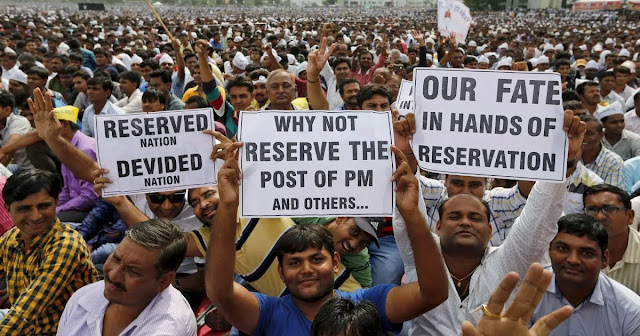India's caste system is one of the oldest surviving forms of social stratification in the world. This caste system categorizes Hindus at birth, defining their place in society, what jobs they can do and who they can marry.
The caste system divides Hindus into four main categories namely Brahmins, Kshatriyas, Vaisyas and Sudras.
How did caste emerge?
The Manusmriti, widely regarded as the most important and authoritative book on Hindu law and dating from at least 1,000 years before Christ was born recognizes and justifies the caste system as the basis of social order and order.
Many believe that caste groups derive from Brahma, the Hindu God of Creation. At the top of the hierarchy are the Brahmins who are mostly teachers and intellectuals and are believed to have come from the head of Brahma.
Then the Knights, or warriors and rulers, supposedly from his hands. The three Vaisyas, or merchants, were created from his thighs. At the bottom of the pile are the Sudras, who come from Brahma's feet and do all the menial work or labor.
The main castes are further subdivided into about 3,000 castes and 25,000 sub-castes, each based on their specific occupation. Outside of this Hindu caste system exists the "untouchables" or Dalits.
Over the centuries, caste has dictated nearly every aspect of Hindu religious and social life, with each group occupying a specific place in this complex hierarchy.
Rural communities have long been organized by caste - upper and lower castes almost always lived in separate colonies, water wells were not shared, Brahmins would not receive food or drink from the Sudras, and one could only marry between castes.
Dalit Caste Jobs
Dalits are forced to take up jobs such as janitors, scavengers, brick kilns and leather crafts – jobs that are considered “dirty” or “dishonorable” for the higher caste community.
Sanitation and cleaning jobs both formally and informally employ 5 million people, of whom 90 percent belong to the lowest Dalits sub-caste, according to a five-month study of sanitation workers across India conducted in 2017 by Dalberg Advisors, a development policy and strategy firm, with support from The Gates Foundation.

